Sutton Amateur Dramatic Club has been in existence longer than any other amateur drama group in the London suburbs. It was created in 1902 from the merger of Sutton Histrionic Club, a South Sutton group, which had been in existence since 1896, and a friendly rival from the Benhilton area that was also staging productions in Sutton Public Hall. It is a mark of the snobbery of the era that there are references in early accounts to the problems caused by mixing ‘the chalk and the clay’, a metaphor for the two ends of the town from which the groups came.
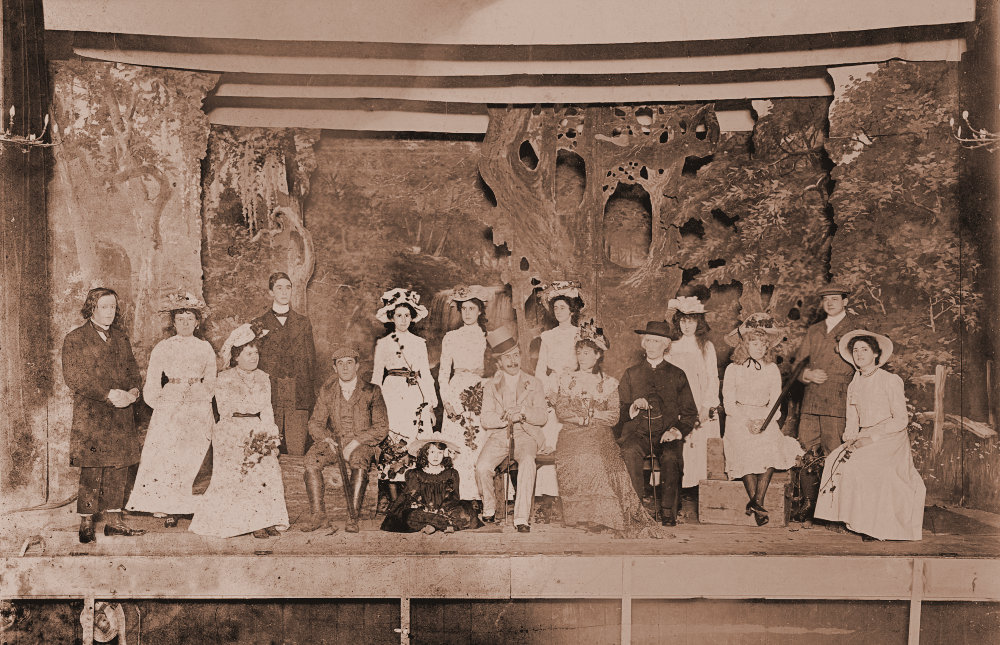
The first official SADC production was in December 1902, a comedy called “School” by T W Robertson, a playwright justifiably unknown nowadays, but a major figure in the London theatre of the late Nineteenth Century.
School (1902)
The programme credits for “School” included “Gas arrangements by Mr C Palmer, Cheam Road”, not for central heating, but gas lighting for the stage. For our twelfth production, “The School for Scandal” in 1907, we leapt into the modern world with “Electric Lighting by Mr Bert E Major of Russell Square”.

All of our main productions were staged at Sutton Public Hall until 1980, after which it was demolished.
Sutton Public Hall
(photo courtesy of Mr Tony Lewis)
After several years without a fixed abode, during which time we mounted productions at Carshalton Public Hall, The Secombe Theatre and St Elphege’s Centre, in 1993 we moved our productions to Carshalton’s Charles Cryer Studio Theatre. Sadly, with the demise of the theatre venues in Sutton, we moved again in 2015, sharing our productions between the Adrian Mann Theatre in Ewell, and the church of St Mary’s Beddington.
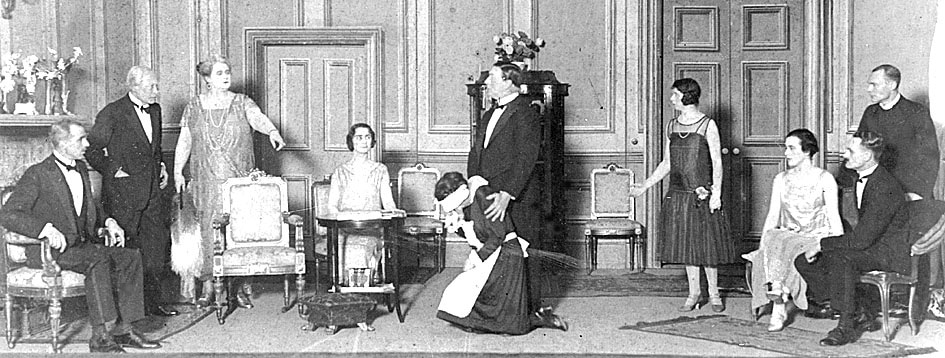
In the very early years SADC put on two shows a year, but from 1906 that was increased to three, with just two gaps – from 1914 to 1920 and from 1939 to 1945, when most people were otherwise engaged. Well over hundred years later we have staged 311 major productions, as well as numerous studio productions, workshops and festival appearances.
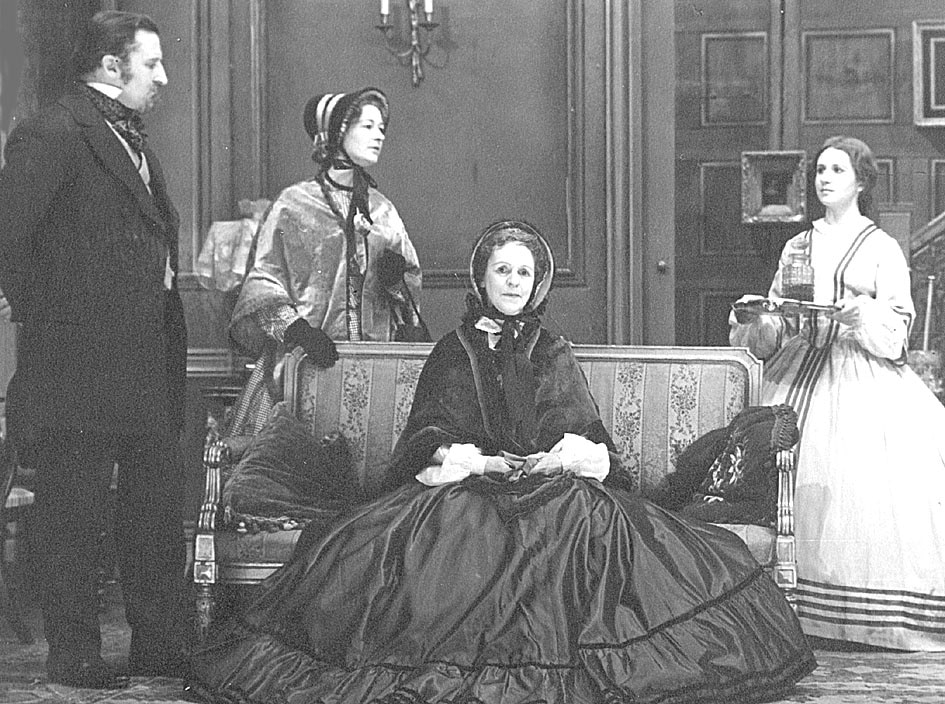
Over the years SADC has had many thousands of members.The largest number at any one time appears to have been 335 in 1950 when austerity put a premium on local entertainment, there was little competing television and the Club’s production of “The Heiress” was about to win the Howard de Walden Cup, the nationwide prize for amateur groups.
The Heiress (1950)
Many of our members considered themselves local socialites in those days. There are stories of chauffeurs being sent to Dewey’s, a music shop in Grove Road that acted as our box office, to queue for the best seats when they first went on sale. There was a terrific demand for tickets and the ‘House Full’ boards were in regular use.
The Club has had some illustrious members in the past. Around the First World War, an extraordinary number of members went on to achieve fame on the professional stage. Gladys Young, who on her debut for SADC “at once made her reputation as a player of the first rank”, progressed to earn the title “The First Lady of the BBC”.
Sometimes the successes may have been more of a surprise to their SADC contemporaries. As Herbert Strudwick, the Assistant Hon Secretary, wrote in the programme for the hundredth production in 1949:
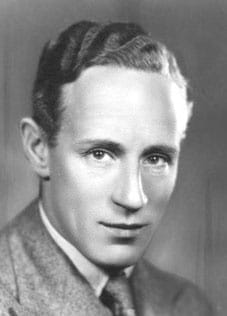
“Nor could we surmise that the tall young stripling in “The Passport” [1914] would become that universally loved actor, Leslie Howard [a star of Gone With The Wind], or that the little lady playing with him [Mabel Constanduros] was later to immortalise the Buggins Family.
And the immaculate and silk-hatted lead, in “Leave it to Psmith” [1933] could hardly have been expected to emerge as that far-famed ‘Bunger-up-of- rat holes’ – Jack Warner”.
Leslie Howard

Jack Warner was to become better known as PC49 in The Blue Lamp and later as Dixon of Dock Green. He remained associated with SADC as its President for many years.
Jack Warner
The Club’s productions have often been extremely ambitious. Before World War II shows were supported by a large orchestra, directors were professionals and the sets, which the archive photographs indicate were often magnificent, were professionally constructed to our own designs. A variety of amazing props was hauled on to the Public Hall stage (not a simple matter as anyone who crewed a show there can confirm), including a live horse in “The Calendar” (1932), a taxi in “77 Park Lane” (1937) and a car in “The Good Companions” (1949).
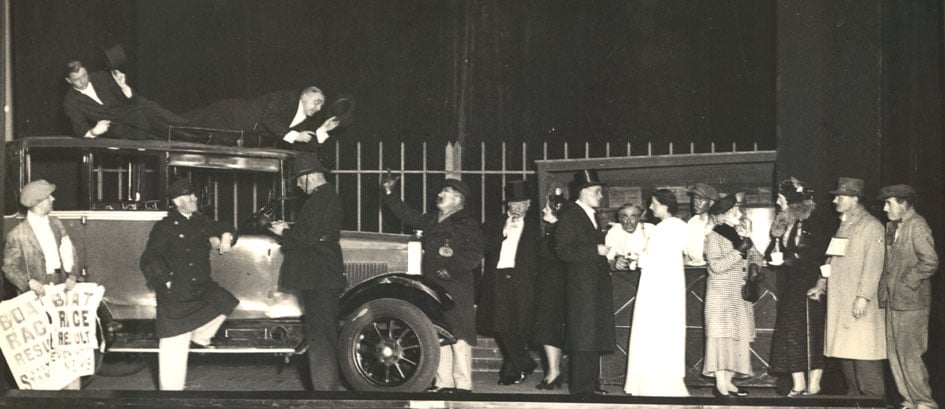
Many have been theatrically daring too, like “Look Back in Anger” (1960), “Amadeus” (1987) and “The 39 Steps” (2019). A few have been very controversial, such as “A Day in the Death of Joe Egg” (1970), “Comedians” (1985) and “Glengarry Glen Ross” (2011).
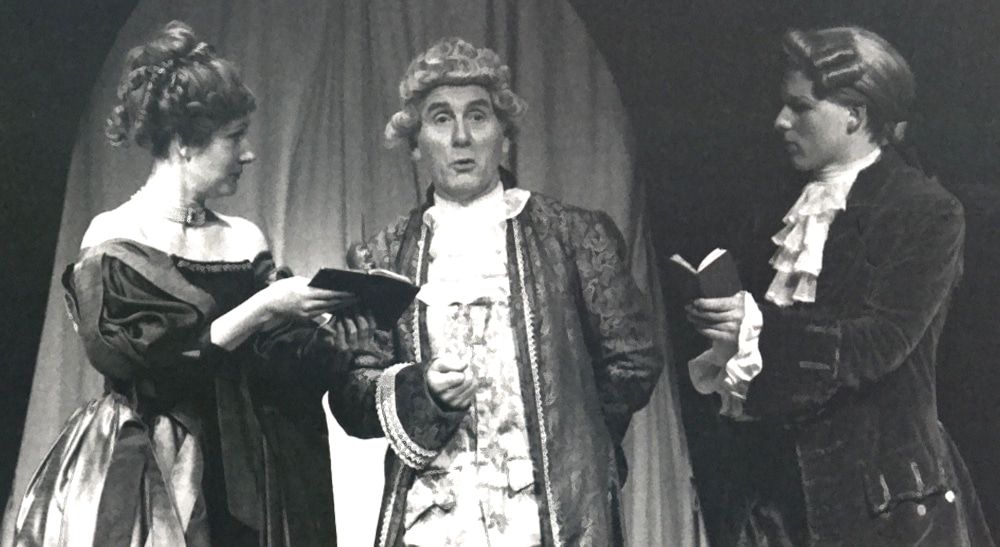
Amadeus (1987) 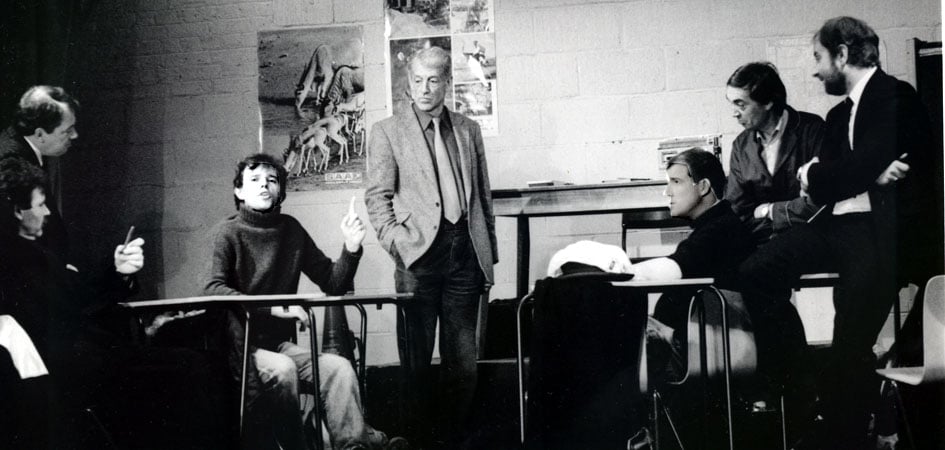
Comedians (1985)
For our centenary production in 2002 we commissioned the well-known writer, Simon Brett, to create a play especially for us. His play “A Bad Dream” was subsequently published by the theatrical publishers, French’s, with our staging of the play detailed as the first production.
A fuller history of the Club up to its centenary, entitled The Drama Unfolded, can be obtained for £10.00 from its author, Dick Bower, by e-mailing him at dick.bower@btinternet.com.
